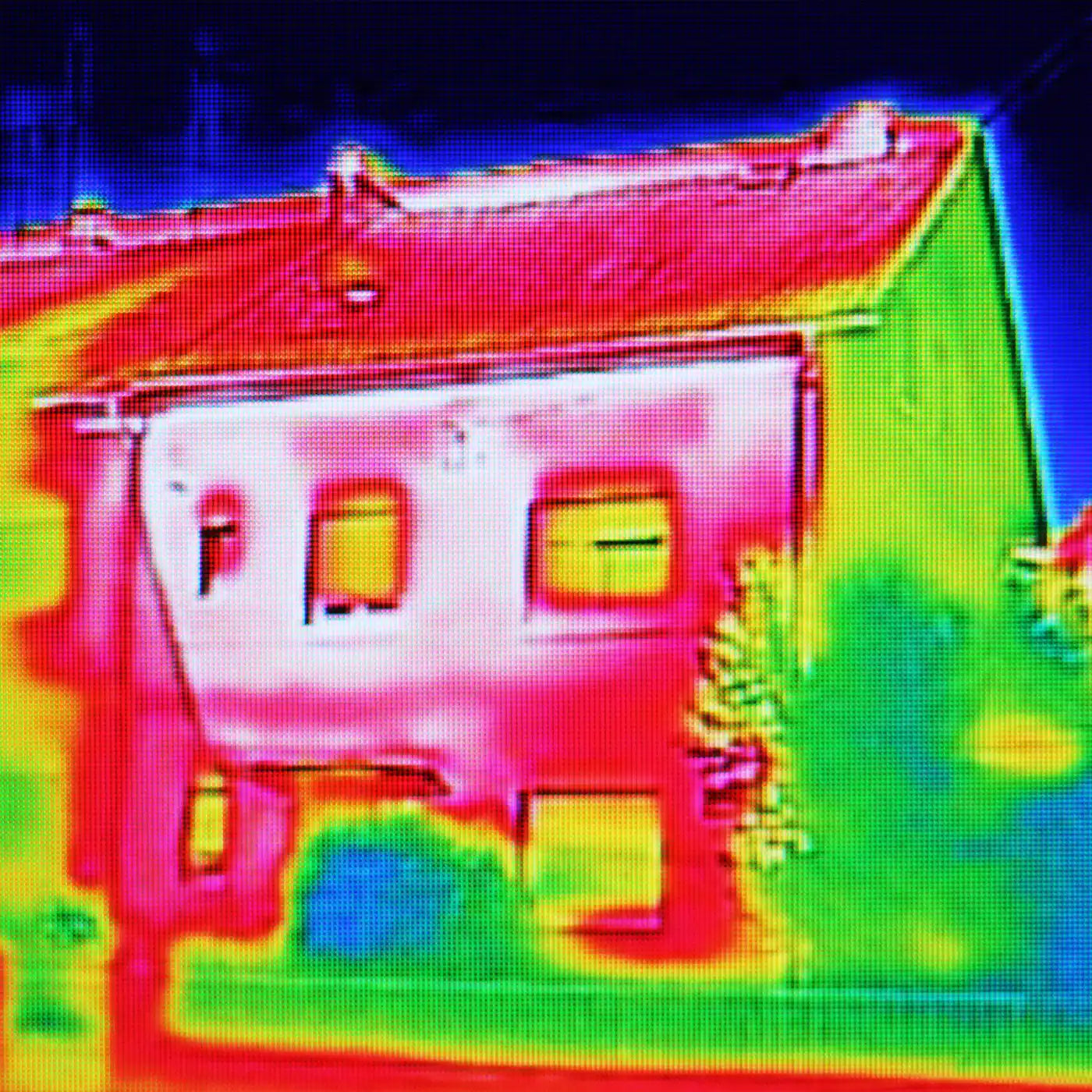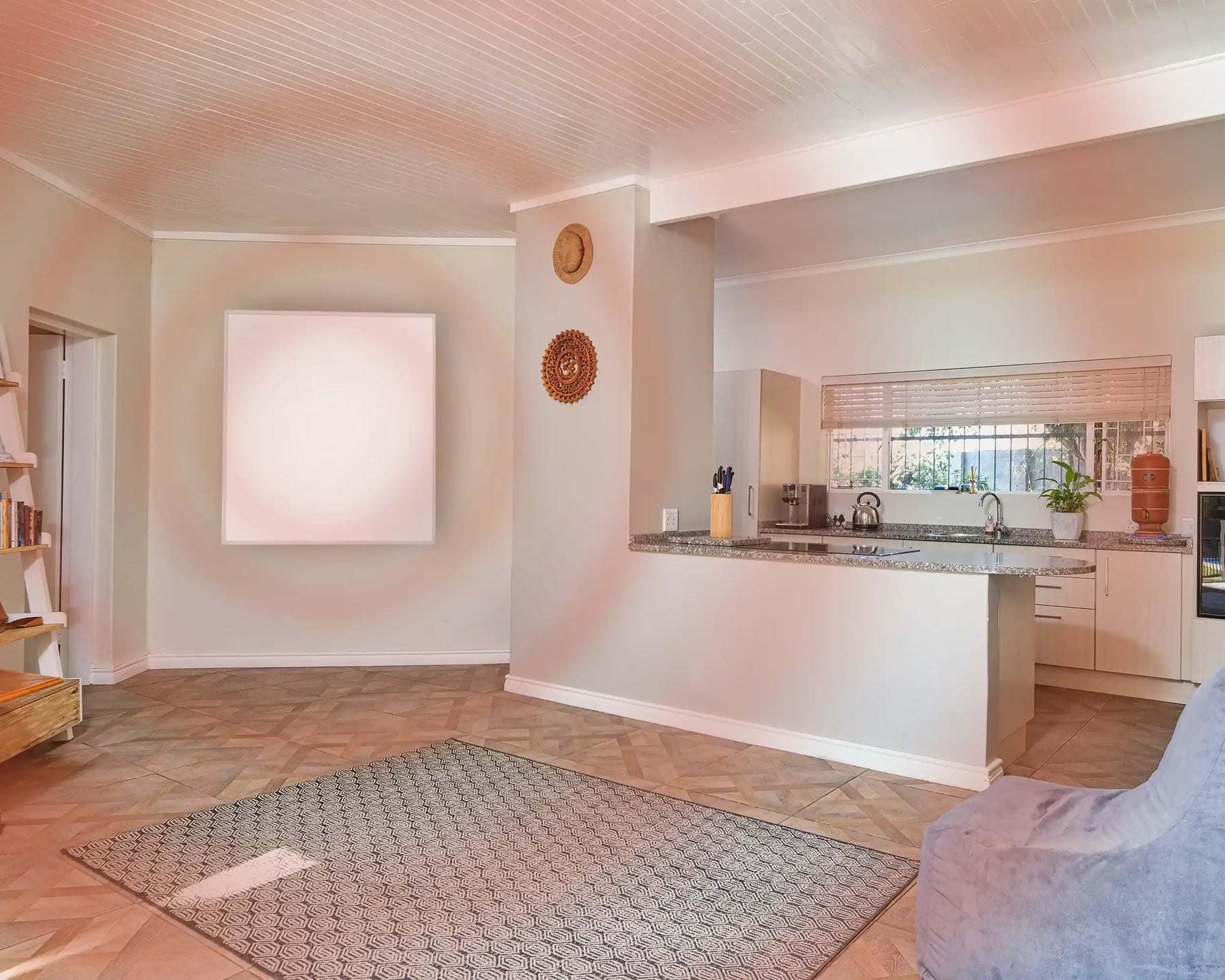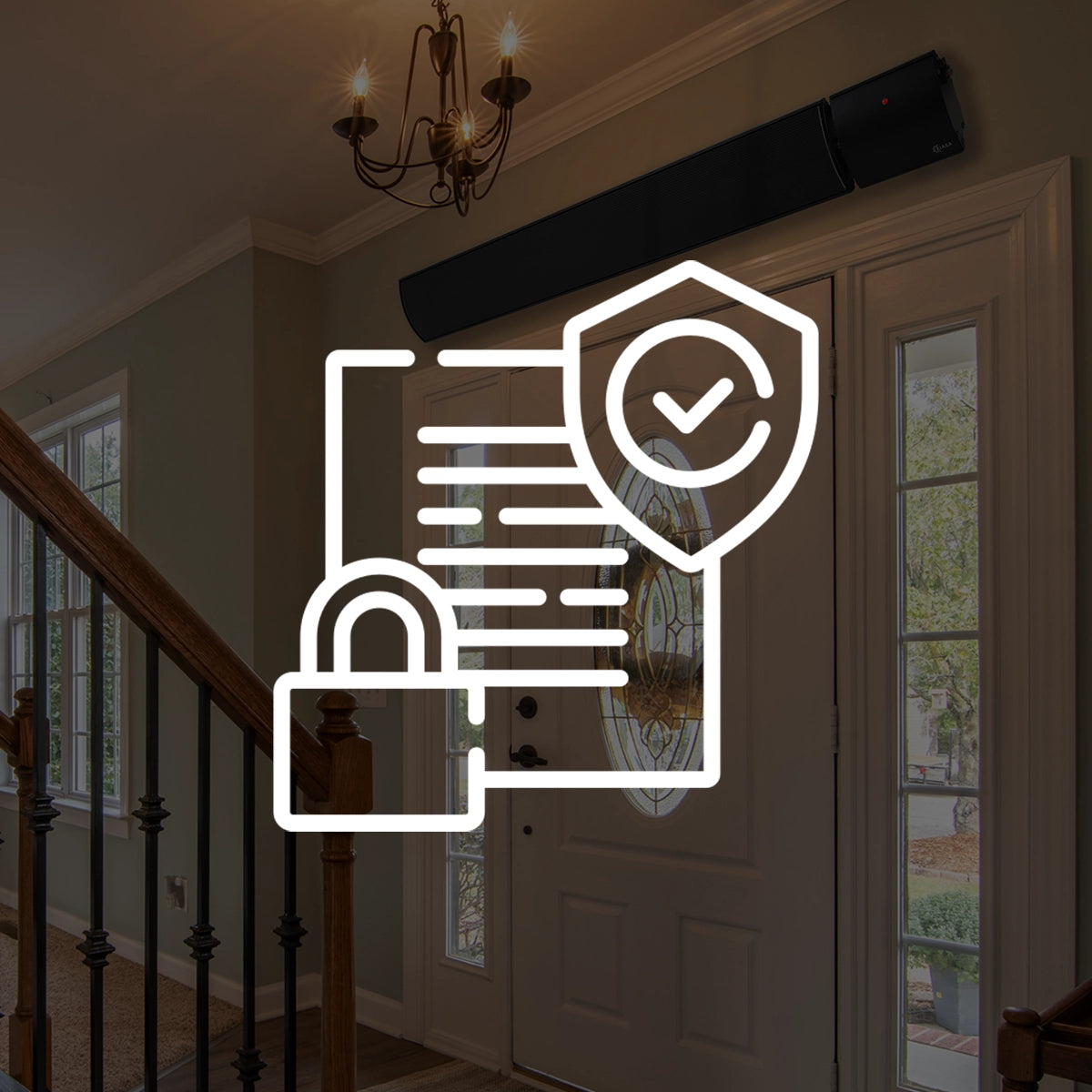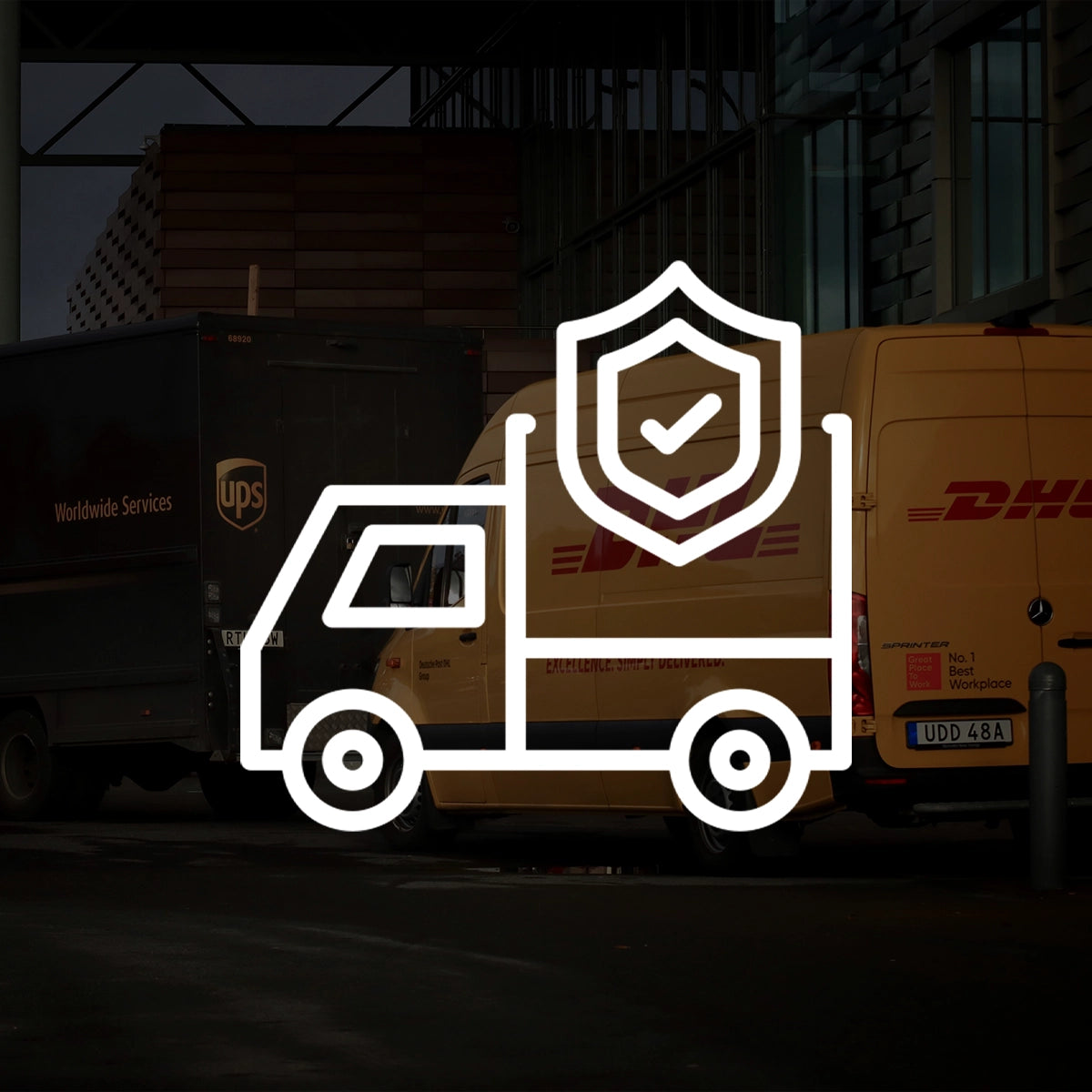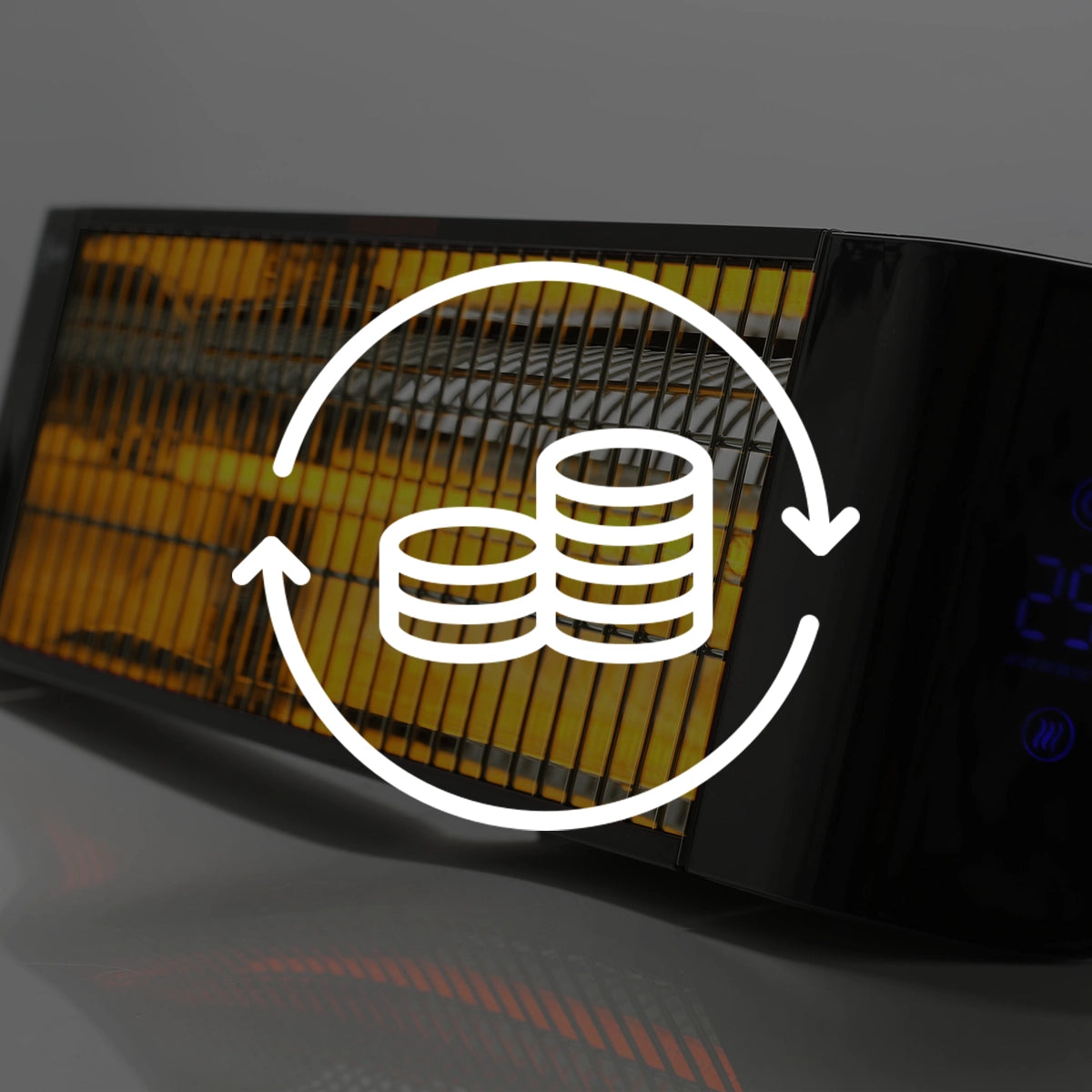The Problem!
Every year, 155,000 tonnes of electronic items are wasted or just thrown away (That is approximately the same weight as 38,750 elephants). These are the items that could have been saved or recycled.
This has a negative impact on the environment because these resources could have been used somewhere else. This could also mean that it would have made a big difference to our climate change too.
Why is recycling important?
The answer is really straight forward honestly - So it doesn't have a negative impact on the natural environment.
The amount pollution from electrical waste is increasing rapidly. Recycling your unwanted electronic equipment at the end of their life can be beneficial as parts can be salvaged and reused for something else.
What is E-Waste?
The term E-Waste is a becoming a popular term, and is short for Electronic Waste. E-waste includes anything with electronic components, plugs and cords.
When an electronic product is coming at the end of its life, it is sometimes left outside, until someone comes to collect it.
Why do we use aluminium for our heaters?
We use aluminium for our heaters which can be easily recycled and reused. The best thing about aluminium is that even when it has been recycled, it will never lose its quality. You can find out more here.
What can you do to help/ How can you help?
Pass it on!
When the product is past the end of it's life or you simply want a new one, pass it along! There are many organisations out there such as charities that are more than happy to refurb it and then sell it to family households with a low income, so you can give it a second lease of life.
Fix it!
There are companies out there that specialise in fixing and refurbing your heaters. There is a demand out there for it! You can also get back in touch with us. If your product is out of it warrantee date, we can still fix it for you. Get in touch with us via our contact us page or call us directly on 0116 488 5150.
Recycle it!
I large percentage of out heaters are recyclable. When you don't need your heater anymore, just take it to the recycle centre. Parts of the heater can be used for other things such as life saving equipment.
Is our packaging recyclable too?
Yes!! The packaging that comes with our products are 100% recyclable!

